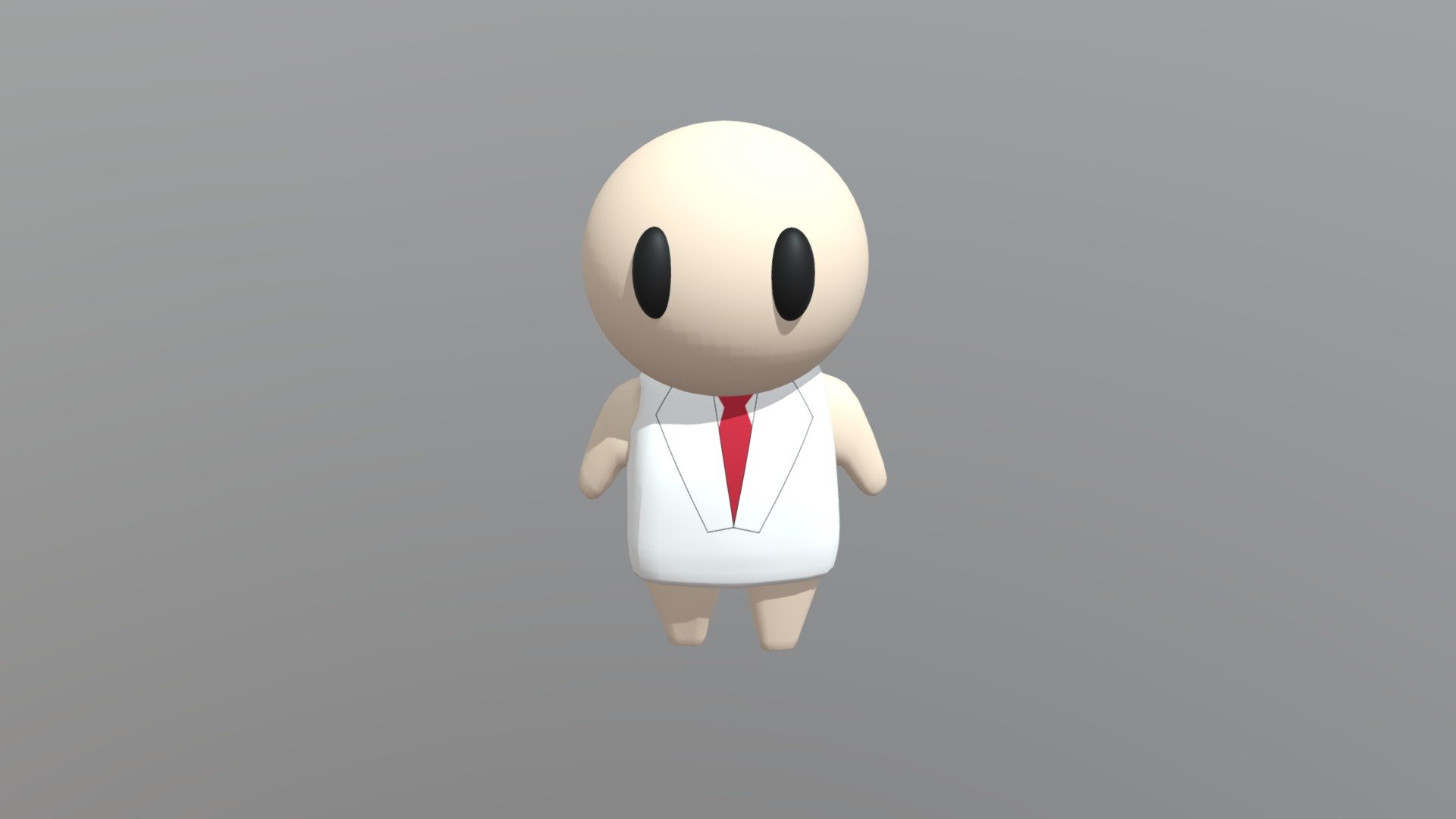
Idle
sketchfab
The human body is a complex and intricate machine, capable of performing a multitude of functions simultaneously. From the moment we take our first breath, to the time we lay our heads to rest at night, our bodies are constantly working, repairing, and adapting themselves to the demands placed upon them. Our hearts beat at an average rate of 72 times per minute, pumping over 2,000 gallons of blood through our veins every day. Meanwhile, our brains work tirelessly to process information, think, learn, and remember. They are capable of generating up to 70 watts of power, making them one of the most energy-hungry organs in the body. Our muscles, which make up approximately 40% of our total body weight, are responsible for movement, balance, and posture. They are made up of tiny units called muscle fibers, which contract and relax in a coordinated manner to produce movement. In fact, if all the muscles in the human body were laid end-to-end, they would stretch for over 60,000 miles - long enough to circle the Earth more than twice. Our skin is our largest organ, covering an area of approximately 22 square feet. It protects us from external damage, regulates our body temperature, and aids in the production of vitamin D. In fact, the human skin is so efficient at producing vitamin D that it can produce up to 90% of our daily needs. Our eyes are capable of seeing a wide range of colors, including red, orange, yellow, green, blue, indigo, and violet. They are also able to detect light levels as low as one photon per second, making them incredibly sensitive. In fact, the human eye is so powerful that it can detect objects that are as small as 1/10th the width of a human hair. Our ears are capable of hearing sounds at frequencies as high as 20 kHz and as low as 0.01 Hz. They are also able to detect subtle changes in sound pressure, allowing us to pick up on even the slightest whispers. In fact, the human ear is so sensitive that it can detect sound waves that are as small as 1/100th the width of a human hair. Our sense of smell is incredibly powerful, capable of detecting over 10 trillion different scents. We use our noses to detect pheromones, which are chemical signals that help us communicate with others. In fact, the human nose is so sensitive that it can detect odors that are as small as 1/100th the width of a human hair. Our sense of taste is also incredibly powerful, capable of detecting sweet, sour, salty, and bitter flavors. We use our tongues to detect these flavors, which helps us determine whether or not something is safe to eat. In fact, the human tongue is so sensitive that it can detect flavors that are as small as 1/100th the width of a human hair. Our sense of touch is incredibly powerful, capable of detecting subtle changes in temperature, texture, and pressure. We use our skin to detect these sensations, which helps us navigate our environment and interact with others. In fact, the human skin is so sensitive that it can detect sensations that are as small as 1/100th the width of a human hair. In conclusion, the human body is an incredibly complex and intricate machine, capable of performing a multitude of functions simultaneously. From the moment we take our first breath, to the time we lay our heads to rest at night, our bodies are constantly working, repairing, and adapting themselves to the demands placed upon them.
With this file you will be able to print Idle with your 3D printer. Click on the button and save the file on your computer to work, edit or customize your design. You can also find more 3D designs for printers on Idle.
